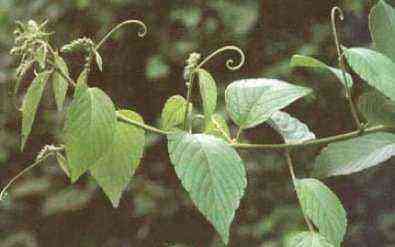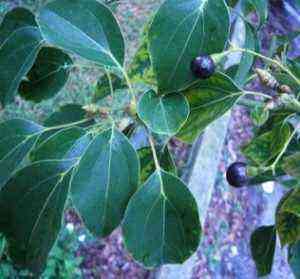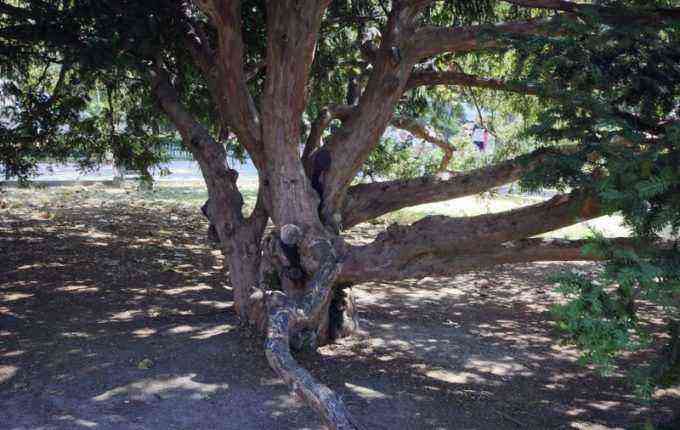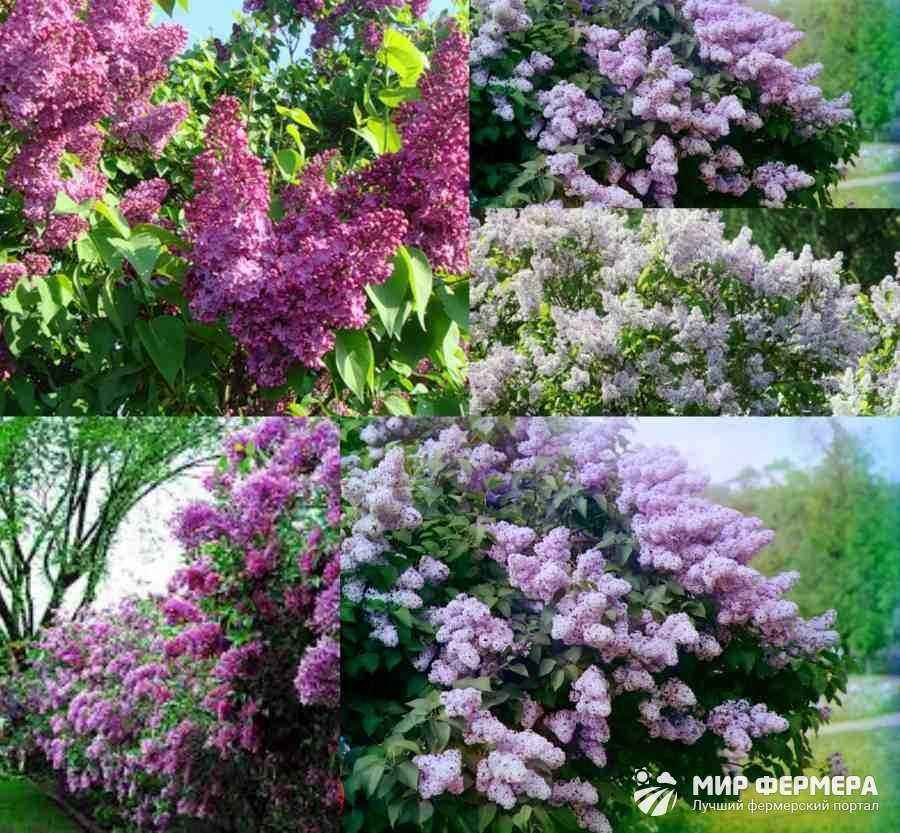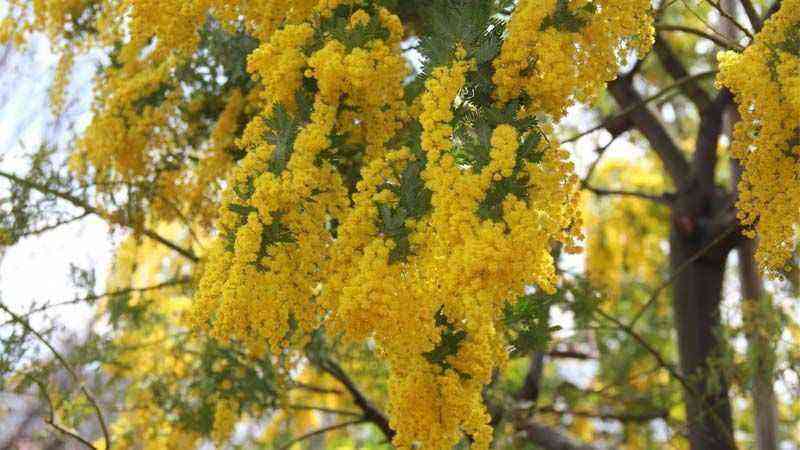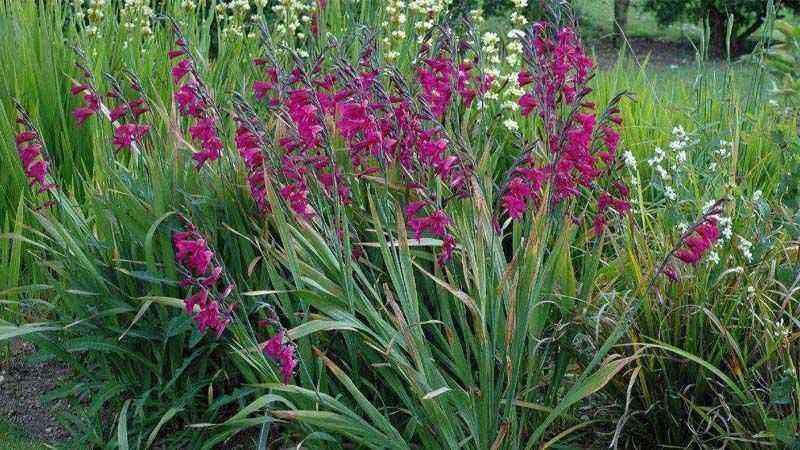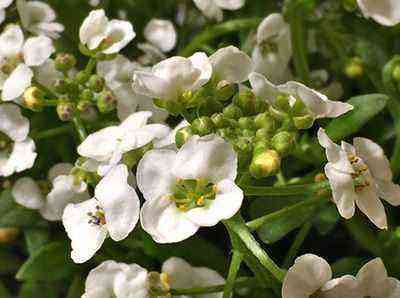Today we bring a plant whose scientific name is forgotten 5 seconds after having read it, it is the Zamioculcas zamiifolia or known as zamioculca, zamioculcas or jewel of Zanzibar. A tropical plant of a Bright green y low maintenance that make it a very interesting option for those lazy in the care of plants at home.
Indoor plants give life to our houses in large cities and not so large. Having a bit of nature is always nice and more if they are plants that we do not usually see in our environment. For this reason, indoor plants are often tropical or subtropical, since in Spain at least, there would be no other way to grow them and their exotic appeal is indisputable.
The monotypic genus zamioculcas
Many times we speak of genera with hundreds or thousands of species, although sometimes there are plants whose taxonomic keys are so unique that they determine a unique genus for a species. Happens with him Ginkgo biloba for example. Well, this case is exactly the same. We only have a kind of zamioculcas and it’s la la zamiifolia. This characteristic already gives a tinge of exclusivity to the plant in question. For more information it belongs to the family of Araceae and at a higher level than the group of angiosperms.
When you hear Jewel of Zanzibar you might think we were talking about Freddie Mercury. Yes, he was born there. Jokes aside, although her voice was a gem, the plant we are talking about today is another gem of Zanzibar because it is her native place. As it develops in an archipelago and on the east coast of East Africa, it is easy for it to acquire very own characteristics, very its own, and for that reason it is a monotypic species.
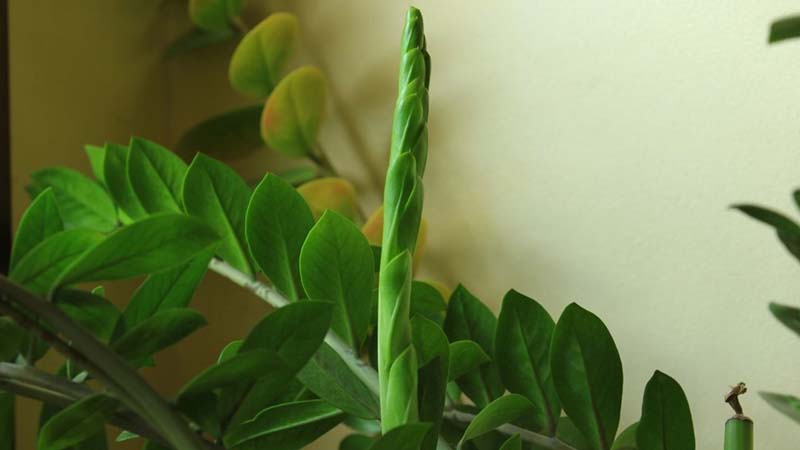
The key to its low maintenance: rhizomes and their tolerance to lack of light
The key factor in houseplant care is usually watering. If they require high watering frequencies, it can be the bane of the plant in beginning gardeners. Tropical plants tend to have high moisture and water requirements. However, in the case of zamioculcas It is not like this. Thanks to the rhizomes of its root system, It can store nutrient and water reserves, allowing it to withstand relatively high periods considering that it is a tropical plant.
Technically it is a plant capable of surviving practically without natural light. In addition, thanks to the rhizomes, it supports drought relatively well.
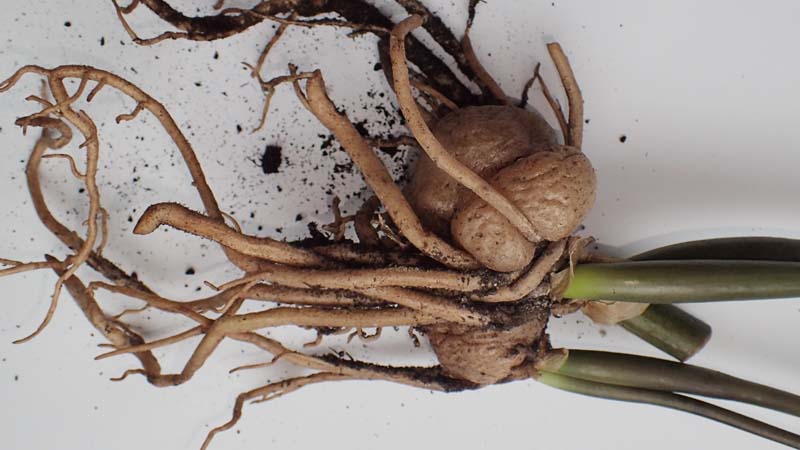
Rhizomes of Zamioculcas
It is an excellent indoor plant but not perfect. Like many tropical plants, it contains calcium oxalate crystals that are irritating to the skin and mucous membranes and their consumption causes serious digestive disorders. Therefore, watch out if there are children and pets that cannot access it. Another tropical houseplant that we talked about recently with a lot of oxalates is the Alocasia zebrina.
Caring for the Zamioculcas zamiifolia
Temperatures and sun exposure
Consulting the annual temperatures of Zanzibar we can see that it is absolutely tropical. The thermal variation between winter and summer (if they can be called that) is only 5ºC. We are talking about the thermal fork being 28 to 33ºC. The temperature of a home of a constant 21ºC does not pose any problem for the zamioculcas. It could even tolerate somewhat lower temperatures but cold damage is already beginning to show below 8-10ºC.
It is a very versatile plant for indoors because it is able to survive with little light. We always have rooms that are very shady, facing north, or facing a patio with lights and there is no direct light at any time of the day. This plant can survive with hardly any direct sunlight. However, growth will be stunted under these conditions. It does not die, but it hardly grows. This, depending on which spaces, can be a virtue.
However, optimal conditions are a abundant but indirect light and with these conditions the growth will be quite fast. Direct sunlight burns the leaves hopelessly.
Substrate and subscriber
It is not at all demanding with the soil. Supports a universal substrate typical of plants. The only thing to consider is the drainage. Some sand or perlite can be added to the universal substrate to improve it a bit. Otherwise he is very tolerant. Ensure drainage holes in the bottom of the pot to avoid waterlogging the substrate in the waterings. The pH is around 6- 6,5, being very normal on common substrates.
It is not necessary to fertilize the jewel of Zanzibar but we can always give it a nudge with a fertilizer for indoor plants leaf. We always recommend diluting a little more than the dose indicated by the manufacturer. All of this is optional. With a normal substrate it is able to develop without problem.
Irrigation and humidity
Here is the advantage that we have discussed before. It is a plant that, thanks to its rhizomes, supports periods of time without irrigation despite being a tropical plant. This means that the irrigation frequencies are fortnightly and even be able to endure without water if you go on vacation for a month. The best reference is to wait for the substrate to dry completely before proceeding to watering. It can sin over watering and kill the plant for this reason.
Transplantation and propagation
There will come a time when you have to transplant. Simply change the container for something bigger (not much), change the substrate. At that time you may decide to have another plant of zamioculcas. In this case the simplest propagation is by division. Thanks to its rhizomatous structure, you simply have to divide the plant in two and transplant.
It can also be done by leaf cutting. Carefully cut off some of the stem that contains at least two sheets and plant it directly into the substrate and provides irrigation and indirect light. This method takes longer because it has to develop the rhizome and that takes several months.

Detail of the brightness of the leaves of the ZZ plant. Jcook83’s photo
Cleaning the blades zamioculcas
The shiny leaves of the zamioculcas they are its main ornamental feature. In time it is irremediable that accumulate dust and lose shine and attractive. There are a thousand solutions to polish the sheets. It is said that it can be done by wiping a cloth moistened with beer and a thousand other concoctions. Agromática’s recommendation is simply water. Pass a damp rag through the leaves gently. Any other product can cover the stomata of the plant.
As it is a very specific plant of a very specific and isolated ecosystem, there are no known attacks by diseases or pests, but it will be necessary to be attentive to the most common ones such as aphids, whiteflies, thrips and fungal diseases typical of humid environments.
Related products
Cover photo by HerrWick
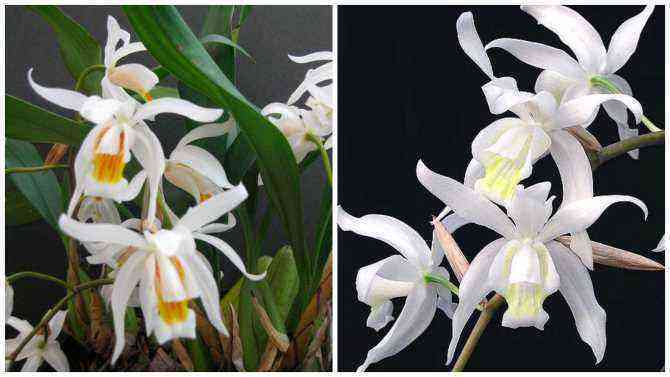


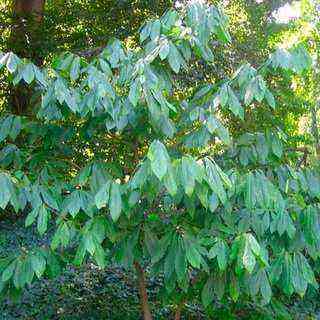





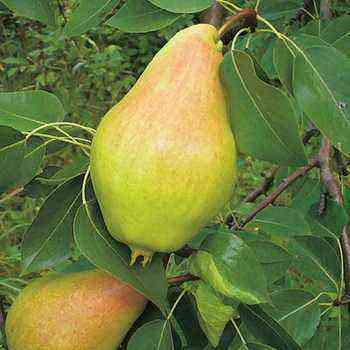
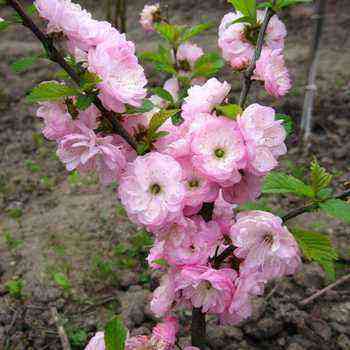
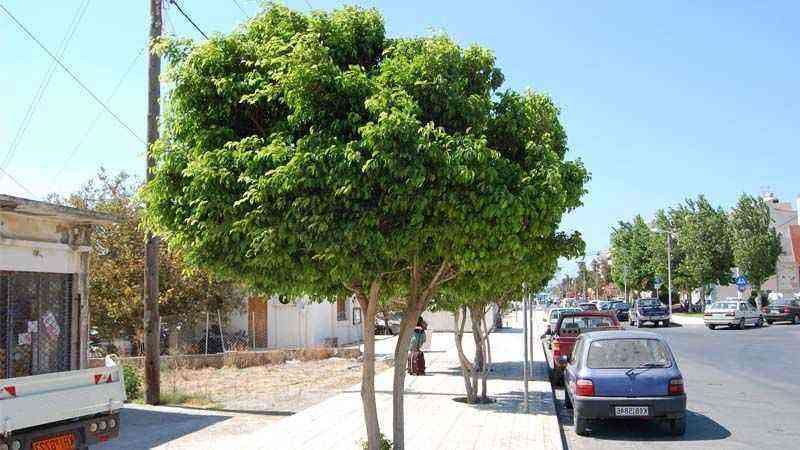

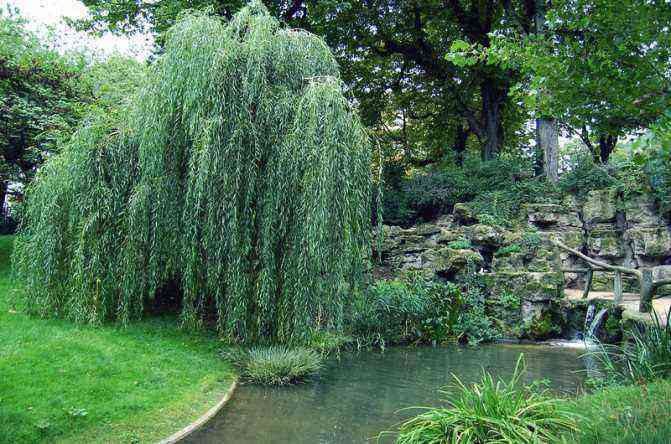




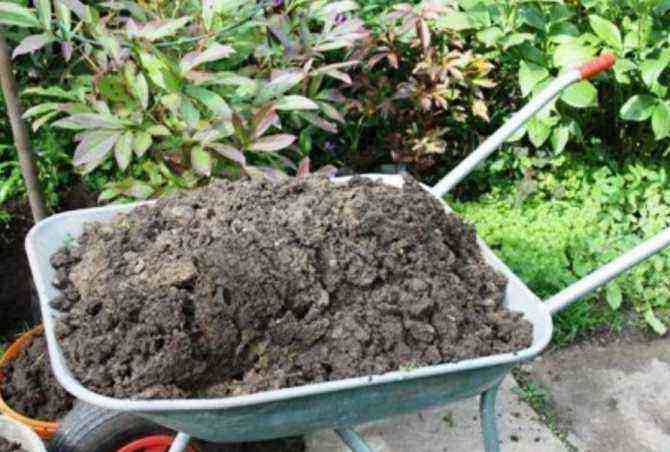

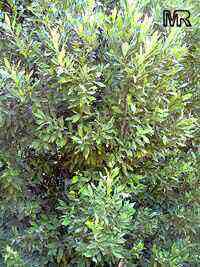

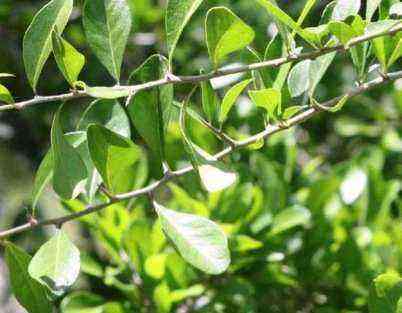

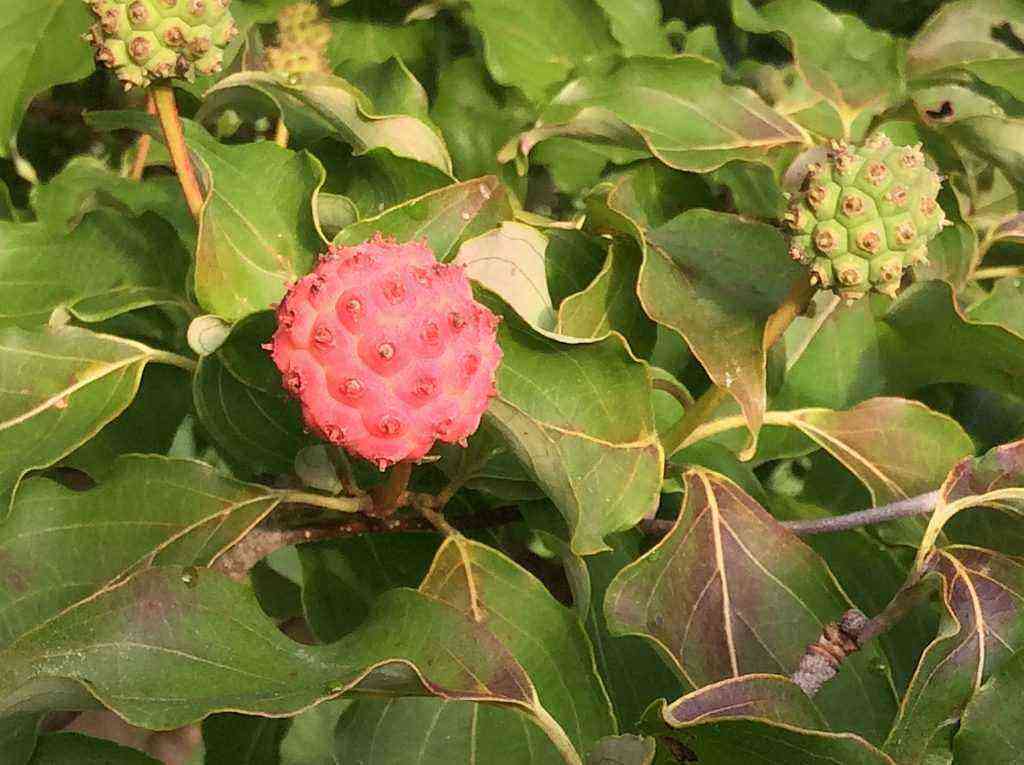
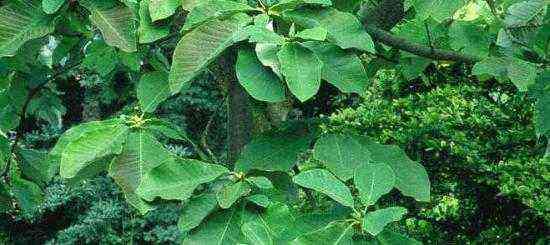
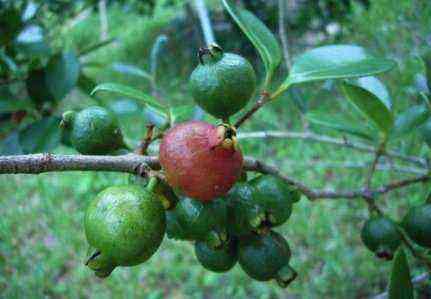
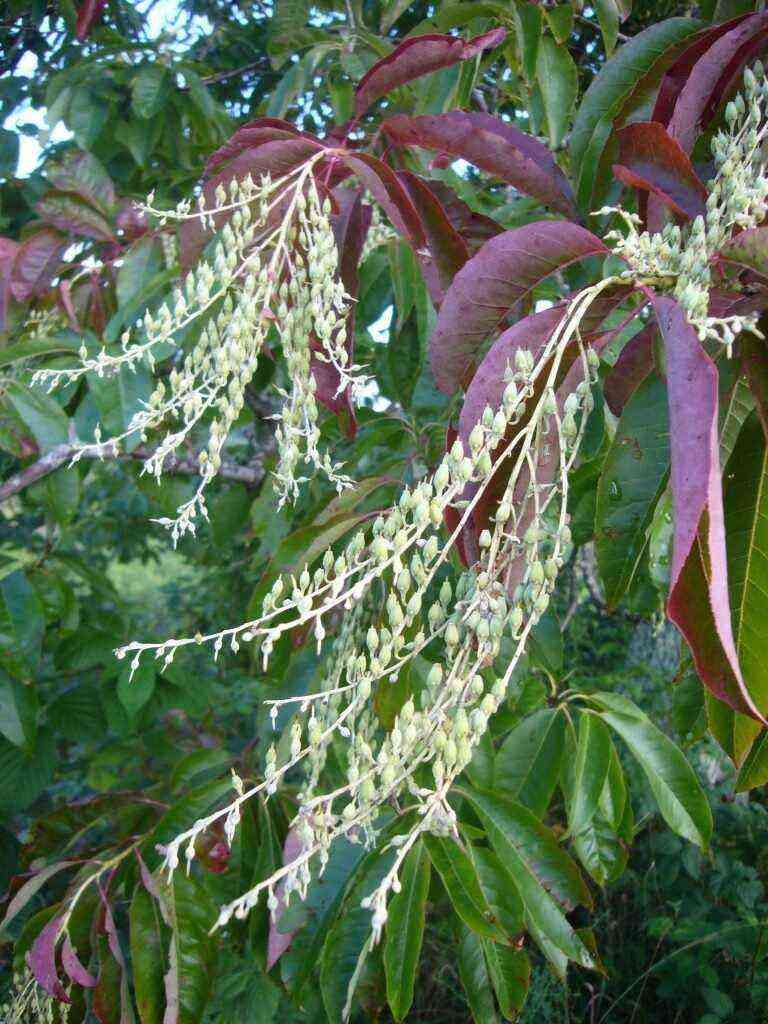
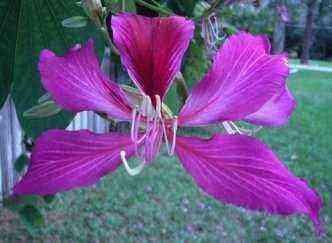
![Cultivo de Magnolia stellata [magnolia estrellada] Cultivo de Magnolia stellata [magnolia estrellada]](https://farmer-online.com/wp-content/uploads/2021/05/Cultivo-de-Magnolia-stellata-magnolia-estrellada.jpg)
![Cultivation of Manihot esculenta [Cassava, Cassava] Cultivation of Manihot esculenta [Cassava, Cassava]](https://farmer-online.com/wp-content/uploads/2021/05/Cultivation-of-Manihot-esculenta-Cassava-Cassava.jpg)
